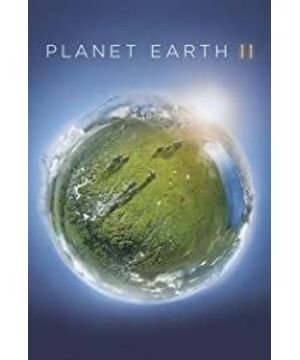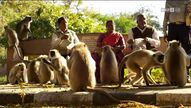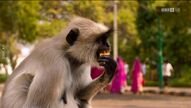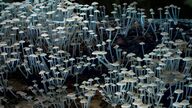Steppe (covering a quarter of the land, some parts of the earth have become grasslands due to lack of rainfall and trees cannot survive in large areas): - Jie's Finch (male with black and smooth feathers, like a European man in the seventeenth and eighteenth centuries) Head, female pale yellow and brown) Bird of Paradise (in the rainforest, courtship with dancing and bright feathers) In nature, courtship is generally performed by the male to demonstrate the opponent to please the female. African water buffalo (two large curved horns), batche leaf ant (cutting the sturdy leaves into sections and transporting them back to the nest for fungal erosion of their food) termites (sucking dry grass) South American giant anteater (devouring the mouth of termites) Long coat with tail and tongue up to half a meter) American bison (thick sweater with two small curved horns) red fox, short-tailed cat, field mouse, barn owl xiao (heart-shaped face) - nest mouse, hamster, reindeer (male There are sexy horns, females do not have) arctic wolf, wildebeest (stout body, slender limbs, slender limbs and strong tail), serval (slender body, slender limbs, long ears, sensitive markings, beautiful) - African marsh, southern red bee-eater (bird feathers bright body Red-necked bustard (the largest flying bird in the world) ostrich (no feathers on legs and neck) antelope (eyes like ink and ink appeared during the Quaternary Ice Age) Eurasian steppe (the widest steppe area in the world)
Deserts (one-third of the land): - The Namib Desert in West Africa is at least 55 million years old, African lions, South African sword antelopes (the horns are straight and the limbs are black and white, and the body is desert color,)
City, Indian grey langur (known as a symbol of god by locals) American peregrine falcon (300 km/h)
rainforest
View more about Planet Earth II reviews








